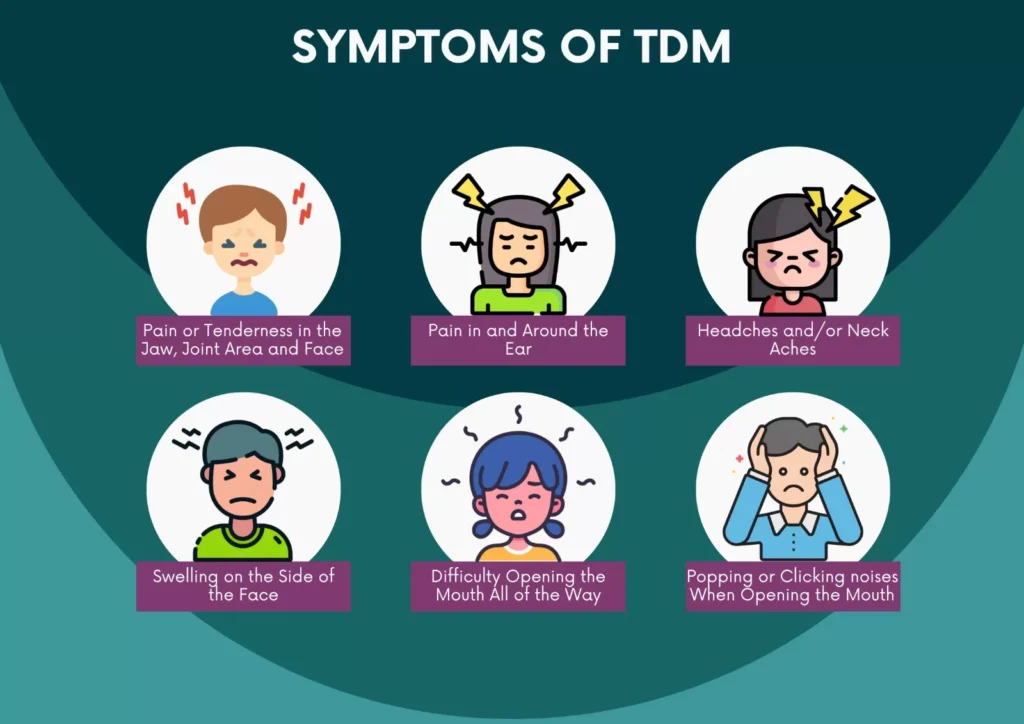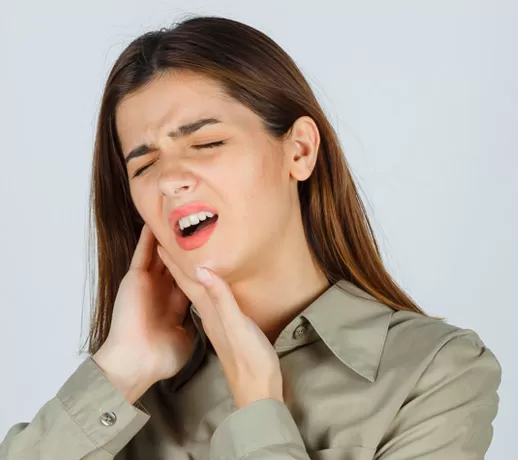
WELCOME
TMJ/TMD PAIN
TMJ and TMD Pain
Temporomandibular Disorders
The temporomandibular joint (TMJ) is the joint that connects your jawbone to your skull. It acts as a hinge, allowing you to open and close your mouth, chew, and speak. When there is dysfunction or an issue with the TMJ, it can lead to a condition known as temporomandibular disorder (TMD).
TMD pain can have various causes, including:
-
Jaw misalignment: If the TMJ is not properly aligned, it can result in pain and discomfort. Misalignment can occur due to factors such as trauma, teeth grinding (bruxism), or arthritis.
-
Muscular problems: TMD pain can also stem from problems with the muscles that control jaw movement. These muscles can become tense or go into spasm, leading to pain in the jaw joint.
-
Cartilage or disc issues: The TMJ has a cartilage disc that acts as a cushion between the jawbone and the skull. If this disc becomes displaced, damaged, or deteriorates, it can cause pain and affect jaw movement.

TMJ and TMD Pain
- Jaw pain or tenderness.
- Facial pain.
- Earache or pain around the ears.
- Clicking, popping, or grating sounds when opening or closing the mouth.
- Difficulty or discomfort while chewing.
- Locking or limited movement of the jaw.
- Headaches, including migraines.
-
Tinnitus to the possible symptoms
It’s important to note that the exact cause of TMD pain can vary from person to person, and it may be influenced by factors such as stress, posture, or teeth misalignment. Seeking professional evaluation from a dentist or healthcare provider is recommended for an accurate diagnosis and appropriate treatment of TMJ and TMD pain.
SOLUTIONS FOR TMD PAIN:
At the CENTRE FOR TMJ PAIN (TMD) & SLEEP DISORDER SOLUTIONS, Dr. Yanagi can help you achieve a perfect bite, aesthetic look, and a solution for your TMJ issues by applying one or a mix of the following approaches.
- Myofunctional Therapy.
- Restorative dentistry & bite alignment.
- Braces & Invisalign.
- Splints and Orthotics.

